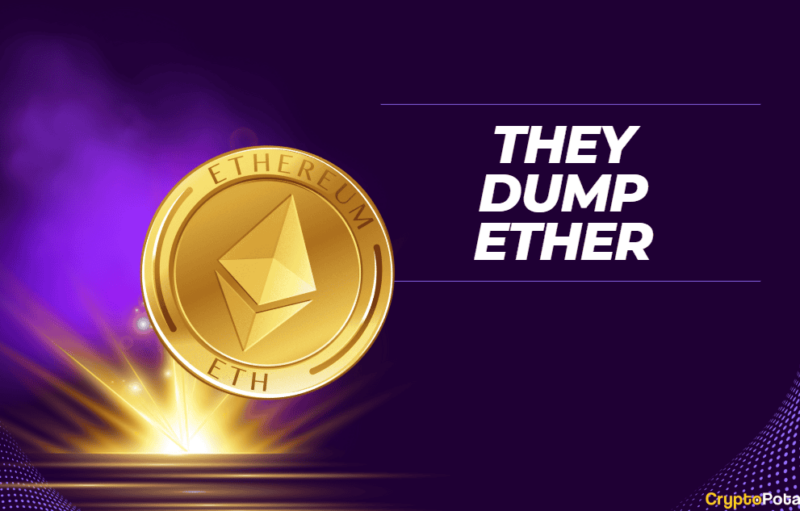The Ethereum Muir Glacier hard fork was successfully completed, once again delaying the mining “difficulty bomb” that threatens to freeze the network.
Defusing the Bomb?
Muir Glacier (EIP-2387) was initially proposed because of an underestimation in the onset of the difficulty bomb. As said by Tim Beiko, a product manager working at Ethereum:
We thought we had months until it kicked in, but those numbers were wrong. The Ice Age is already being felt!
There is now a proposal for a single-EIP upgrade after Istanbul to push it back: EIP-2387 a.k.a. Mountain Glacier?
We’ll see on the call if & how it goes through!
— Tim Beiko | timbeiko.eth (@TimBeiko) November 29, 2019
Muir Glacier gives the bomb’s fuse another 4 million blocks, or approximately 611 days. This is meant to give developers more time to find a long-term solution.
One of the largest issues with the difficulty bomb is that it’s “very difficult to simulate or predict its effect on the network.” The cause of this unpredictability is because it’s built alongside a “complex mechanism” that calculates block times.
The update suggests two long term solutions to the difficulty bomb — update it to make it more predictable or remove it entirely.
Understanding Ethereum’s “Ice Age”
Ethereum first introduced the difficulty bomb in August 2015, “which elegantly guarantees a hard-fork point in the next 16 months.”
Unlike scheduled reward halvings on coins like Bitcoin and Litecoin, Ethereum’s difficulty bomb increases the amount of time it takes to mine blocks. Not only does this cause block rewards to plummet, but given enough time it would also bring the network to a halt as transaction times and fees increased exponentially — as intended.
The solution was meant to encourage a prompt upgrade to Ethereum 2.0 and force the community into agreement, allowing those that disagree to “fork off,” as Ethereum Classic did in October 2016.
The Difficulty Bomb Gets a Longer Fuse
Four years later, Ethereum’s proof-of-stake chain (dubbed Ethereum 2.0) has yet to launch due to different engineering challenges. Currently, Ethereum 2.0 is tentatively scheduled to launch in the first quarter of 2020.
These delays have pushed the dificulty bomb back three times since 2015. First in 2018 with the Byzantium hard fork, a second time in February 2019 as part of Constantinople, and now a third time with Muir Glacier.
The effects of each difficulty bomb delay are clearly visible on a chart of average block times.
Growing Criticism of Ethereum Development
Ethereum is seeing mounting criticism. Continual delays of ETH 2.0 and recurring development mishaps have contributed to a view that the project’s leadership is inept.
One example of this ineptitude was the emergency delay of the Constantinople hard fork. Just hours before its implementation, a security vulnerability was discovered that derailed the scheduled fork. Muir Glacier is another example, where one poor estimation results in another potentially risky fork, with every fork introducing an opportunity for something to go wrong.
In all, this has resulted in sentiment that Ethereum tends to “over promise and under deliver.”
Even Ethereum developers themselves have started to take notice. Speaking to the Ethereum developer community, Joseph Delong, a senior software engineer at ConsenSys said:
Can we all just agree the difficulty bomb was the dumbest thing we’ve done collectively https://t.co/20h7rTC7gw
— Joseph Delong (@josephdelong) November 30, 2019
Others question the merit of the difficulty bomb altogether. If the intent of the difficulty bomb, which can be continually delayed, was to set a deadline for proof-of-stake, then what’s the point, asked crypto venture capitalist Tuur Demeester.
Despite the criticism, the risk of implosion has been averted, for now.
The post appeared first on CryptoBriefing






